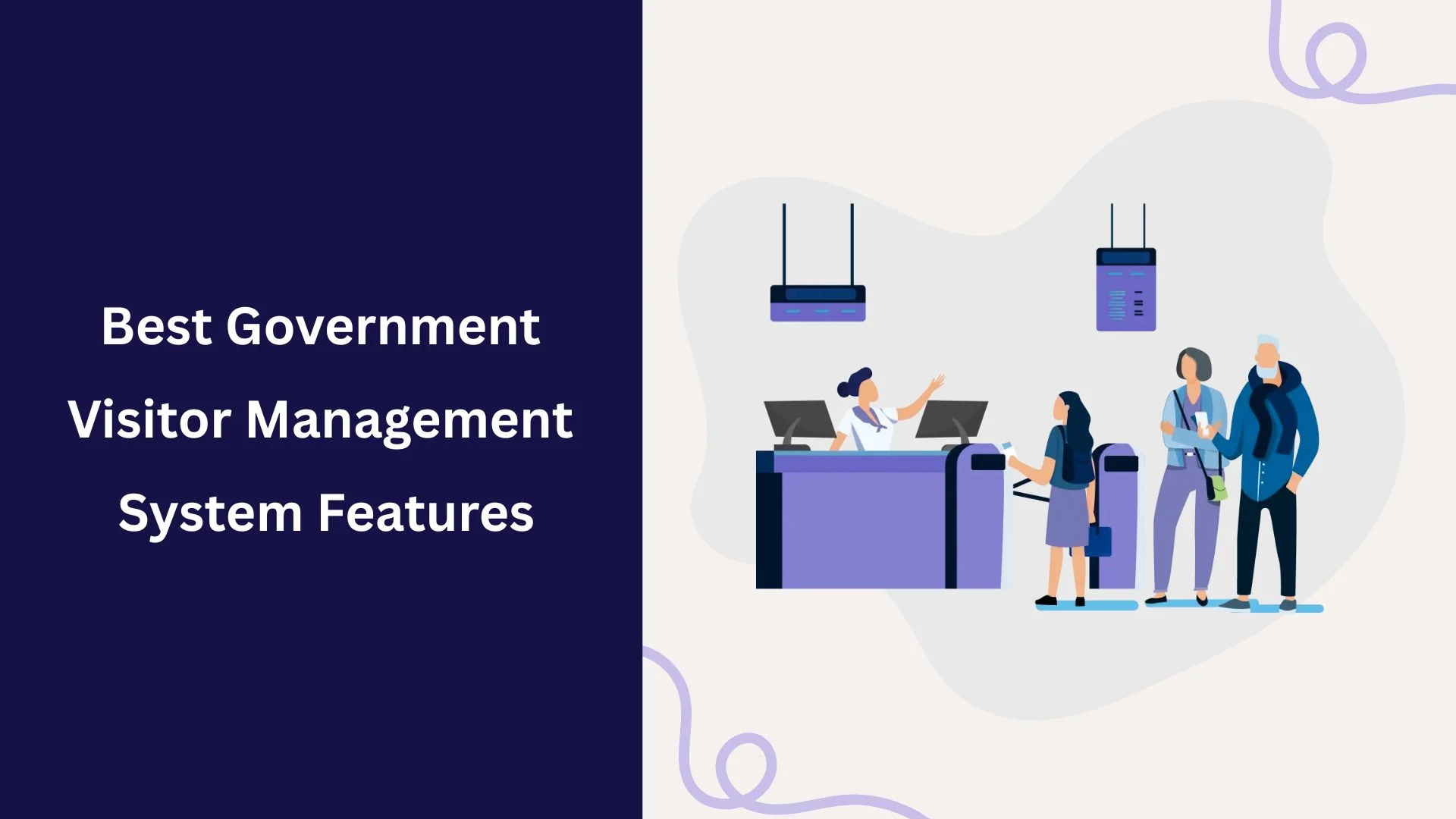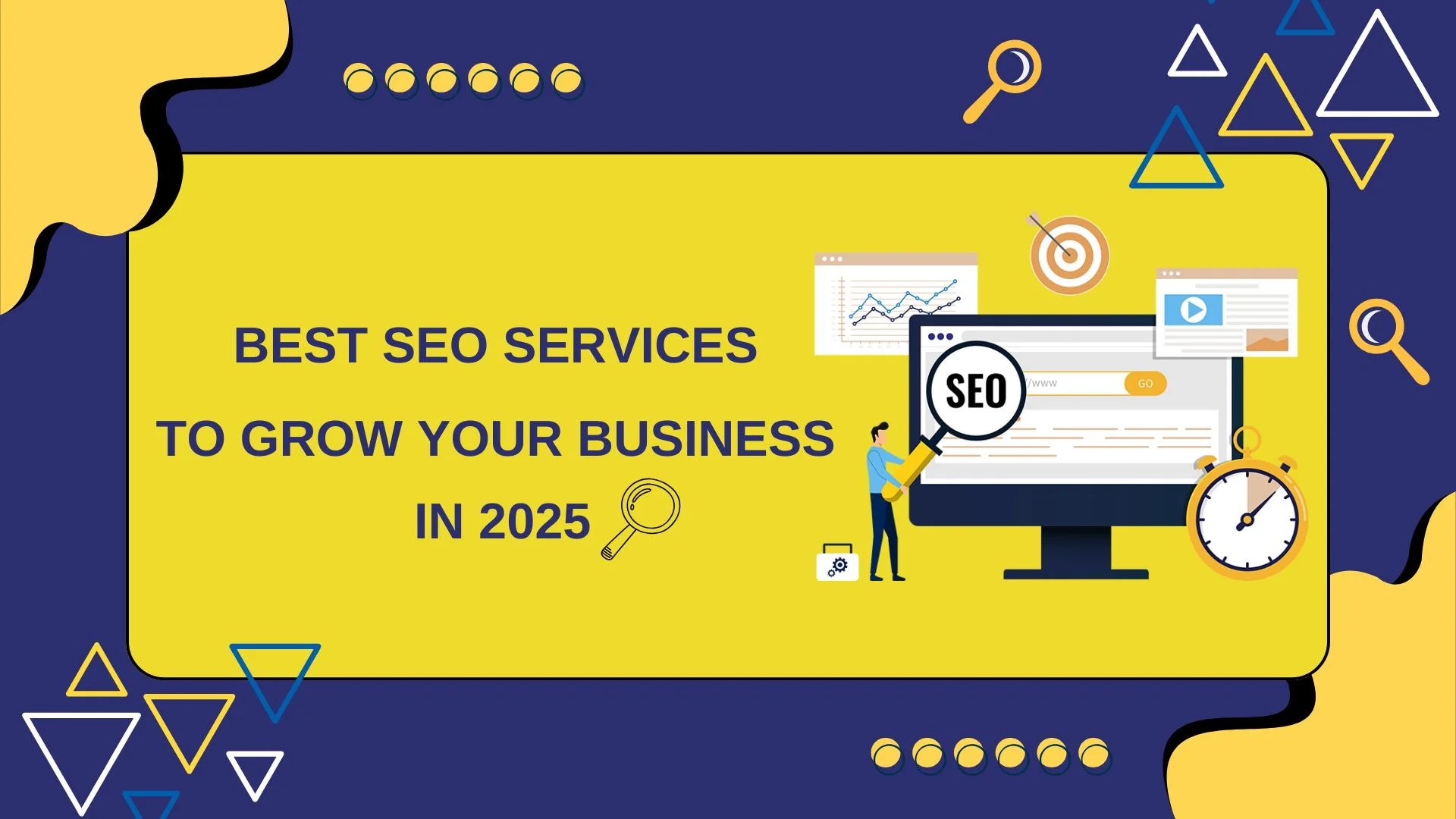In today’s data-driven world, digital tools are becoming more and more essential to run any business smoothly. With even the most hands-on businesses now making the shift to technology, there is a clear sign that these modern solutions are here to stay. Every business’s main key goals are profit and scaling up. Be it construction, product manufacturing, or auto repair, the adoption of software to standardize processes is at its peak. For these businesses, software adoption and adopting the right tools isn’t just about keeping up, it’s about growing smarter and more sustainable in the long run.
Why Traditional Industries Have Been Slow to Adopt Software
Change is difficult, regardless of how big or small it may be. We’re conditioned to feel safe with the things we’re familiar with, and in this case, sticking to pen and paper and manual work seems comfortable. But other than this sense of comfort, there are many real-world barriers behind the delay in the software adoption by traditional industries.
Fear of High Upfront Costs
Most small and medium-sized businesses see software implementations as a major expense, even if they can save money in the long run.
For example, a small construction company may hesitate to invest in a monthly subscription to a project management tool, uncertain if it will really be any different compared to their spreadsheet and whiteboard notes.
Lack of Technical Know-how
There is always a little fear in trying something new, and business owners can feel unconfident about using tools they’re not familiar with. And this fear often translates to their employees as well.
Fear of Disruption in Workflow
There’s often concern that switching to new systems could interrupt daily operations or lead to mistakes during the transition.
Time Limitations
Business owners and workers are too busy with their daily responsibilities, so they’re unable to make time to learn and train staff on new tools.
Uncertainty about ROI
Some businesses question whether software will truly make a difference, especially if their current manual processes seem to be working “well enough.”
Resistance from Staff
When employees are used to the current processes and workflows, they may not be too keen about shifting to software. Some may even worry that the tool might replace them. These concerns may cause employees to push back against new technology.
Impact on Processes When Software Enters the Picture
Regardless of the resistance towards change, software adoption has become a necessity in this fast-paced world. Industries that were once reluctant are now slowly embracing this change, maybe out of necessity. Customers now demand faster service, more personalized communication, and transparency. If businesses were to start giving one-to-one attention to each customer, they’d hardly be able to hit their daily revenue quota.
This is where software is playing a central role in streamlining these processes.
Impact on Daily Activities
- Manual tasks are done faster due to automation.
- Fewer errors in documentation.
- Better visibility on tasks, project timelines, and team progress.
Improvements in Business Operations
- Easier to track tasks that are upcoming, in progress, and completed.
- Better inventory tracking with automated alerts for when stock is running low.
- Customer follow-ups can be automated so businesses can collect feedback and deliver better customer service.
Impact on Workforce
- Employees don’t have to spend time working on manual and repetitive tasks
- Managers can keep track of everyone’s roles and responsibilities and ensure accountability.
- Team members who are in the field or distributed can easily communicate with each other as well as their leaders.
The Long-Term Payoff of Implementing Software
We use technology for almost everything, and just as we’ve adapted to phones with digital displays and electric cars that turn on with the press of a button, this change is a pleasant one too. Once companies get ahead of the learning curve, they’re quick to realize how vital technology is for the success of their ventures.
Let’s look at auto repair shops as an example. These businesses rely heavily on day-to-day coordination, such as booking appointments, stocking inventory and ordering parts, managing a team of technicians, and keeping customers updated.
Without software, the shop floor might look a little chaotic and messy, with sticky notes taped on vehicles and workstations and scattered paperwork on the front desk. But with reliable and easy-to-use auto repair software, the entire shop becomes faster, more organized and customer-focused.
Let’s deep dive into the long-term impacts of using software:
Opportunities to scale up without the added chaos
As businesses grow, so does demand, which can often put traditional businesses under a lot of pressure and stress. This also reflects in teams and their overall morale, which can create bottlenecks down the road.
When there’s software managing all employee calendars, documenting meeting notes, automating reminders, and sharing real-time updates, there’s more time for workers to focus on other high-priority projects. These tools help develop structure in businesses to help them scale up.
Better profit margins and financial management
With a human managing all accounts and finances, there are bound to be errors and discrepancies in the data. Now, accounting software would be able to take over all the manual work, automate accounting, remove any traces of duplication, and eliminate errors in the data. With more accurate tracking of finances, businesses can cut unnecessary costs and visualize profit projections for the future.
Improved employee productivity and satisfaction
Unhappy workers are unproductive workers. Doing the same repetitive tasks every single day can lead to burnout and frustration. Deploying automation software can play a vital role in breaking that cycle.
By offloading all data entry, inventory tracking, and status reporting tasks to the tool, it frees up time for teams to work on higher-value projects that impact their bottom line.
Better customer experience
What happens when service turnarounds and communication are fast and efficient? Customers are happy and more likely to return or refer the business to someone else.
Digital tools enable things like instant updates, accurate timelines, and professional service delivery; all of these have a major impact on repeat business and word-of-mouth.
Conclusion
To sum it all up, there’s a significant impact of early deployment of technology on traditional businesses. Industries that harness digital tools at an early stage not only gain a competitive advantage but also get more time to adapt and evolve as they transition by software adoption.
nandbox App Builder
For example, the nandbox App Builder shows how traditional companies can use technology without having to hire people with a lot of technical knowledge. With nandbox, companies in any industry—auto repair, construction, retail, or services—can make fully functional, native mobile apps without having to know how to code.







